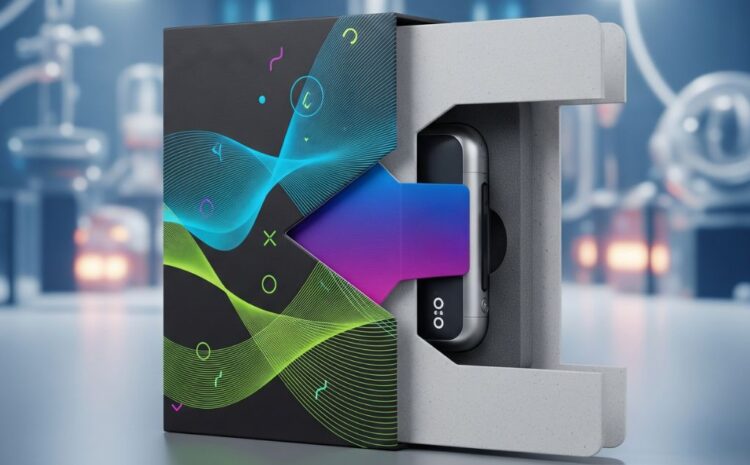The Package of Tomorrow: How Smart, Sustainable Materials Are Creating a Connected and Circular Future

Packaging has long been the silent salesperson on the shelf, the first touchpoint between a brand and a consumer. For decades, its primary roles were protection and promotion. But today, in the face of a global waste crisis and the dawn of an ultra-connected era, the very definition of packaging is being rewritten. A profound transformation is underway, moving beyond simple containers to intelligent, eco-conscious systems. The latest and most exciting innovations are found at the intersection of sustainability and smart technology, creating a future where packaging is not just a vessel, but a vital node in a connected, circular economy.
Beyond the Box: The Rise of Intelligent Packaging
The concept of “smart” or “intelligent” packaging has evolved from a niche idea into a mainstream driver of consumer engagement and supply chain efficiency. This isn’t just about slapping a QR code on a carton anymore. The “Internet of Packaging” (IoP) is here, embedding digital identities into everyday items.
Near-Field Communication (NFC) tags and Radio-Frequency Identification (RFID) are being integrated directly into labels and materials. A simple tap of a smartphone can now unlock a wealth of information for the consumer: detailed provenance of the product, recycling instructions specific to their municipality, interactive brand experiences, and instant reordering. For brands, this creates an unprecedented direct-to-consumer communication channel and provides invaluable data on product usage and consumer behavior.
Furthermore, active packaging is extending the shelf-life of perishable goods, a crucial step in reducing food waste. These systems incorporate materials that actively regulate the package’s internal environment. We’re seeing innovations like:
Oxygen scavengers integrated into films to prevent spoilage in fresh produce and meats.
Antimicrobial coatings derived from natural compounds that inhibit the growth of bacteria.
Ethylene absorbers that slow the ripening process of fruits and vegetables, keeping them fresh for longer.
This isn’t just about convenience; it’s a powerful tool for sustainability, directly addressing the massive environmental impact of wasted food.
The Material Revolution: Nature-Inspired Innovation
The drive for sustainability is fueling a revolution in material science. The global backlash against single-use plastics has spurred incredible innovation, moving beyond simple recycling to pioneering new, regenerative materials. The goal is to create packaging that is not only less harmful but can also contribute positively to the environment.
We are seeing the emergence of groundbreaking materials that mimic nature’s own circular systems:
Mycelium Packaging: This incredible material is grown from the root structure of mushrooms. It’s completely biodegradable, compostable at home, and can be molded into custom shapes, offering a viable alternative to polystyrene (Styrofoam).
Seaweed-Based Plastics: Companies are harnessing the rapid growth of seaweed to create bioplastics that are not only compostable but in some cases, even edible. These materials can be used for everything from flexible films to beverage capsules.
Agricultural Waste Valorization: What was once considered waste is now a valuable resource. Materials are being developed from agricultural byproducts like corn starch, sugarcane pulp (bagasse), and even potato peels, creating packaging that is both renewable and biodegradable.
These innovations are moving us closer to a true circular economy, where packaging can be returned to the earth as a nutrient, not a pollutant.
The Convergence: A Smarter, Greener Future
The true power of next-generation packaging lies in the convergence of these smart and sustainable trends. Imagine a compostable food pouch made from seaweed that also contains a smart label. This label could monitor the freshness of the product in real-time, sending an alert to your phone when it’s nearing its expiration date. Once empty, the same label could provide directions to the nearest composting facility.
This synergy is also being driven by new international regulations, such as the EU’s Packaging and Packaging Waste Regulation (PPWR), which sets ambitious targets for recyclability, reusability, and the reduction of single-use plastics. To comply with these regulations and meet escalating consumer demands for transparency, companies must innovate. The package of tomorrow will need to be both environmentally responsible and digitally connected.
The future of packaging is one where sustainability is not an afterthought, but the core design principle, and where technology empowers both brands and consumers to make better choices. The humble box is becoming a dynamic, data-rich, and earth-friendly component of our daily lives, proving that the most innovative ideas are often the ones that protect our planet while keeping us connected.